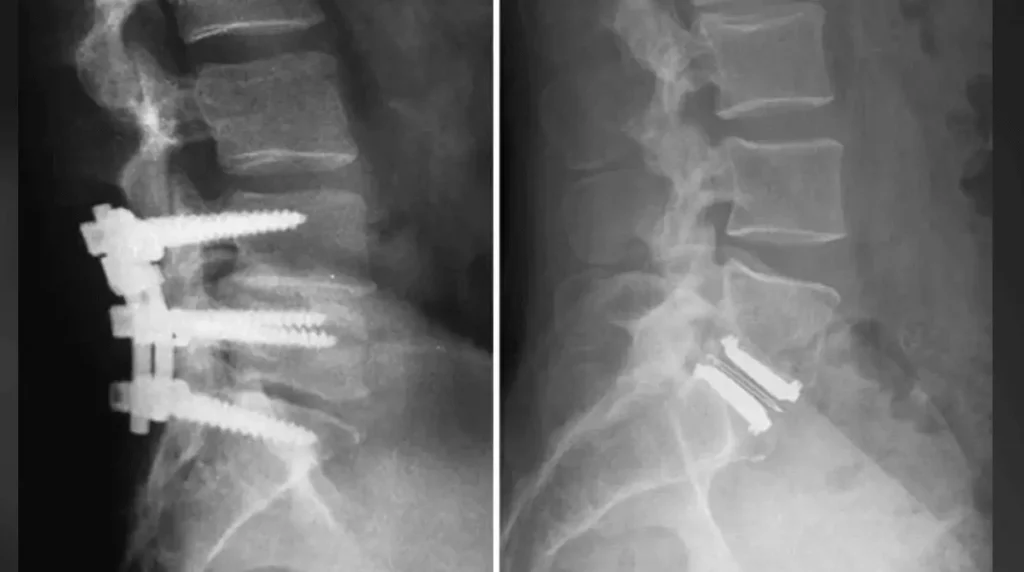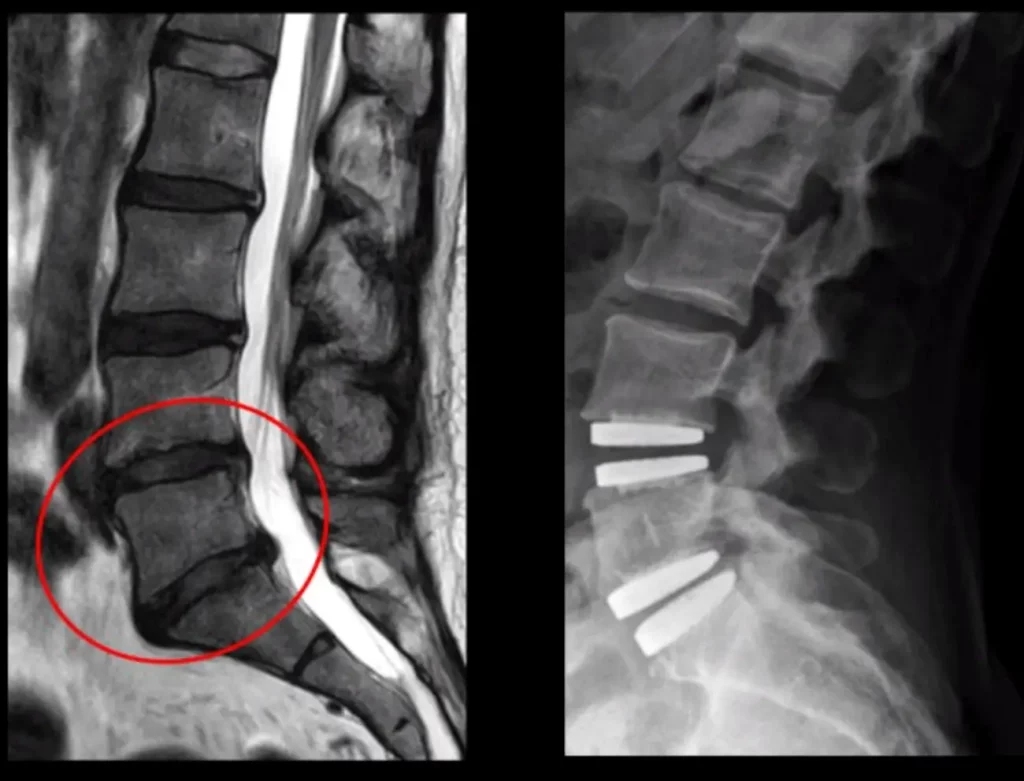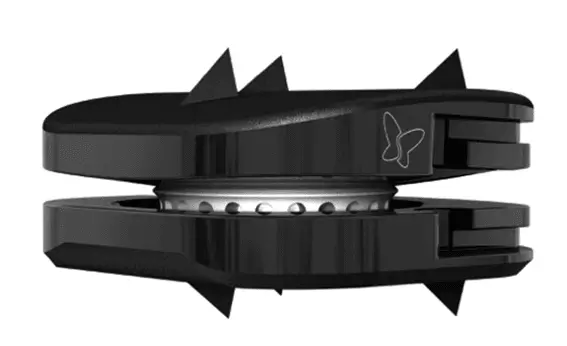Lumbar Disc Replacement: Surgery, Recovery, and Modern Alternatives
What Is Lumbar Disc Replacement and When Is It Recommended?
Lumbar disc replacement, also known as lumbar disc arthroplasty, is an advanced surgical procedure used to treat chronic lower back pain caused by degenerative disc disease. Unlike spinal fusion, this technique aims to preserve natural spinal mobility by implanting an artificial disc.
At Complex Spine Institute, we have successfully treated many patients who, after years of pain and unsuccessful conservative treatments, have found lasting relief through this surgery.
“These surgeries include craniocervical fusions, complex cervical myelopathy procedures, and artificial disc replacements. Our focus on cutting-edge technology and care for patients with rare conditions has been fundamental.” — Dr. Vicenç Gilete


Indications for Lumbar Disc Replacement
Surgery is indicated in cases where there is:
- Chronic lower back pain due to intervertebral disc degeneration
- Failure of treatments such as physical therapy, injections, or radiofrequency
- Preserved disc height and absence of severe joint damage
- Need to maintain lumbar segmental mobility
This procedure is commonly performed at the L4-L5 or L5-S1 levels. At Complex Spine Institute, we conduct thorough imaging evaluations, including CT scans, MRIs, and dynamic studies to confirm candidacy.

Surgical Technique
The procedure involves removing the damaged disc and implanting a biocompatible titanium and polymer disc prosthesis designed to mimic natural spine movement.
“Thanks to anterolateral and minimally invasive approaches, we preserve the spine’s curvature and mobility while avoiding complications typical of spinal fusion.” — Dr. Augusto Covaro
The anterior approach is made through a small abdominal incision of just 5–8 cm. The surgery is performed with computer-assisted navigation and intraoperative CT in high-precision surgical environments.
Benefits Over Traditional Spinal Fusion
Lumbar disc replacement offers superior clinical and functional benefits:
- Preservation of lumbar mobility
- Lower risk of adjacent segment degeneration
- Faster recovery time
- Less intraoperative bleeding
- Significant pain reduction and functional improvement
For young or active individuals, this option offers a more physiological and less invasive alternative to spinal fusion.
Expertise You Can Trust
At Complex Spine Institute, led by Dr. Augusto Covaro and Dr. Vicenç Gilete, we perform dozens of these procedures each year. Thanks to personalized planning and the latest technology, we achieve excellent outcomes, even in patients with failed previous surgeries.
“We offer effective solutions that dramatically improve quality of life. Complex surgical cases are personally supervised using robotic technology and 3D vision.” — Dr. Augusto Covaro
Our experience with rare conditions such as Ehlers-Danlos Syndrome allows us to provide precise and comprehensive care for previously underserved patients.
Postoperative Recovery
One of the main advantages of lumbar disc replacement is rapid recovery. In most cases:
- Hospital discharge occurs within 24–48 hours
- Light activities resume within one week
- Return to work and sports in 4–6 weeks
Our team of physical therapists and rehabilitation specialists supports each patient with a customized recovery plan.
Who Is Not an Ideal Candidate?
Not every patient is suited for disc replacement. Contraindications include:
- Severe osteoporosis
- Spinal instability or spondylolisthesis
- Previous surgeries with significant misalignment
- Active infections or tumors
Each case is evaluated in detail using advanced diagnostics and a multidisciplinary team.
Modern Alternatives: A Comprehensive Approach
For patients who are not candidates for disc replacement, we offer other minimally invasive techniques such as:
- Lumbar fusion via XLIF / OLIF approaches
- Stem cell regenerative therapies
- Pulsed radiofrequency
- Endoscopic spine surgery
These treatments help control pain, enhance function, and prevent recurrence.
When to Schedule a Consultation
If you’ve been living with persistent lower back pain or have been recommended spinal fusion, it’s time to explore new options. Lumbar disc replacement may be the alternative you need.
You can send us your imaging or book a no-obligation teleconsultation with our team. We treat patients worldwide in multiple languages and provide full support throughout the process.